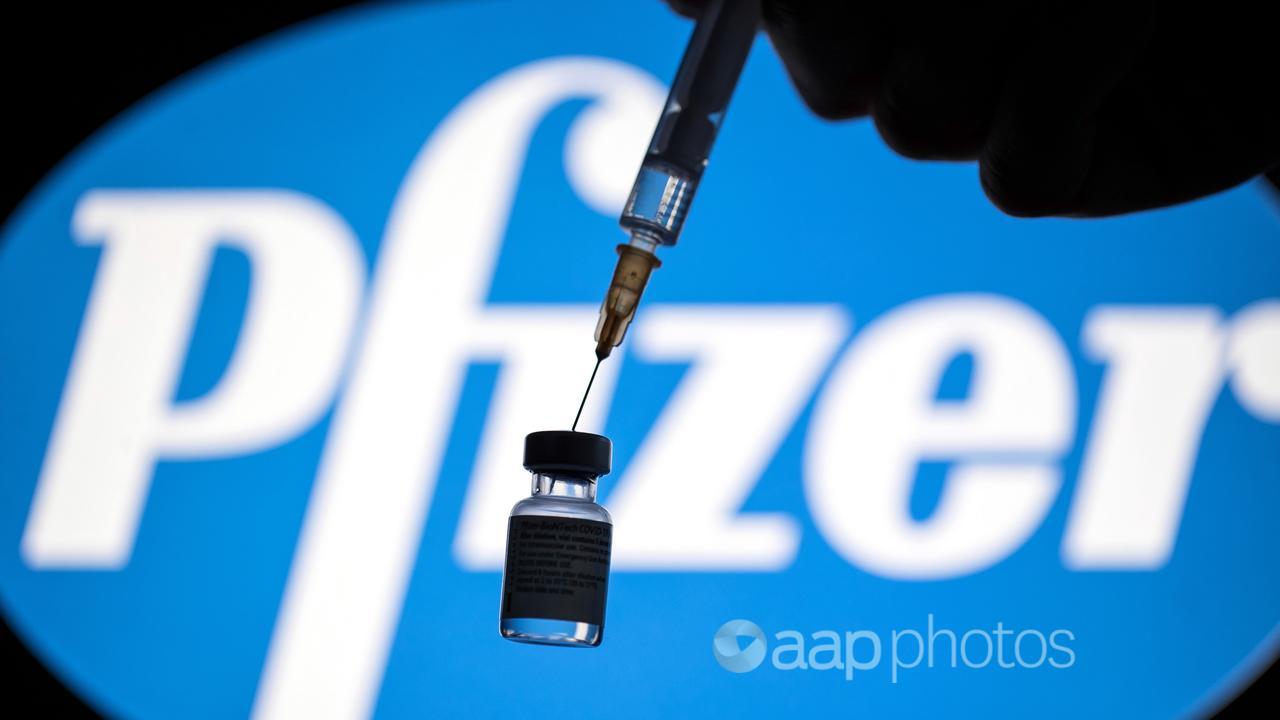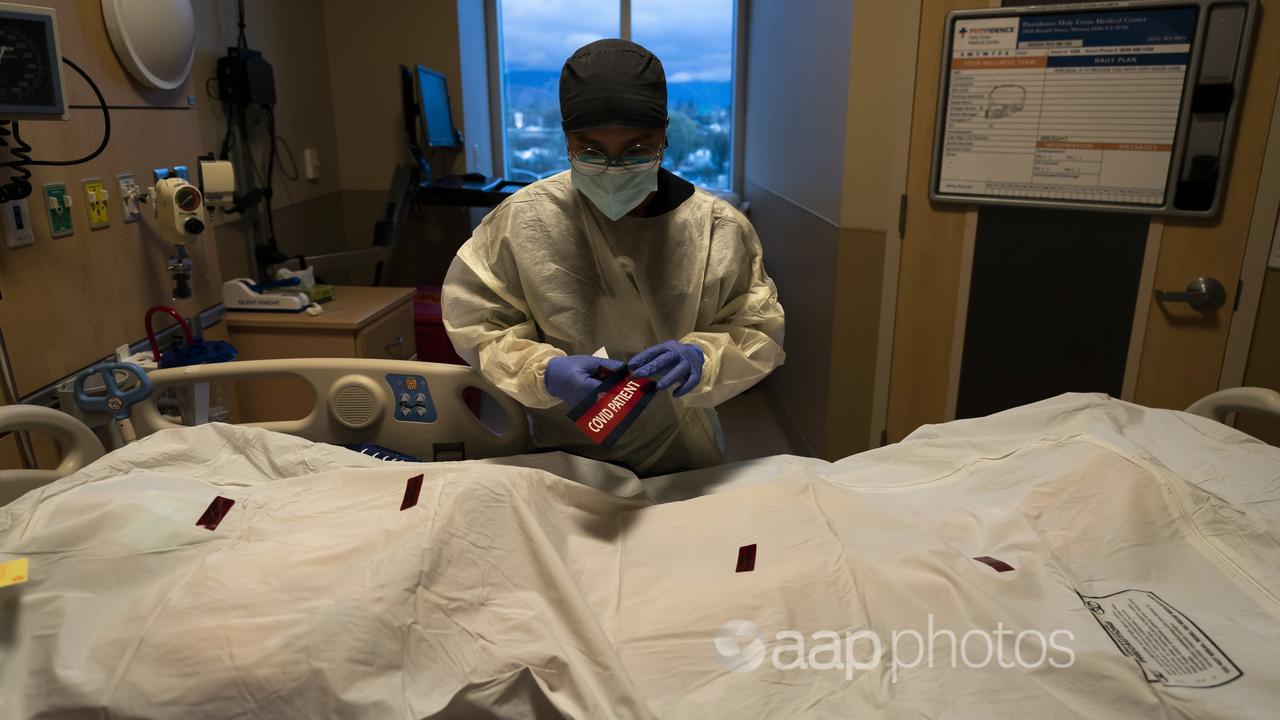A US doctor has questioned the success of COVID-19 vaccines by claiming Pfizer’s data shows its shot was only ever 0.86 per cent effective.
This is misleading. Original clinical trial results show the Pfizer vaccine had a 95 per cent efficacy against infection compared to the control group. The 0.86 per cent figure is based on the absolute risk reduction figure, which is a separate measure for understanding a vaccine’s impact.
The claim is made by Dr Ryan Cole, a physician who has previously spread false claims (see here, here, here, here and here) and was charged by the Washington Medical Commission for violating standards relating to COVID and patient care.
“They did what’s called relative risk reduction instead of absolute risk reduction, which is what’s required for an FDA application,” Dr Cole says (video mark 1min 30 sec).
“So their absolute risk reduction, the true effectiveness, is point 86 per cent. Less than one per cent. So it was never 95, 96 per cent effective. Never. It was less than one per cent effective from the beginning. And that’s from their own data that the United States government forced them to release.”
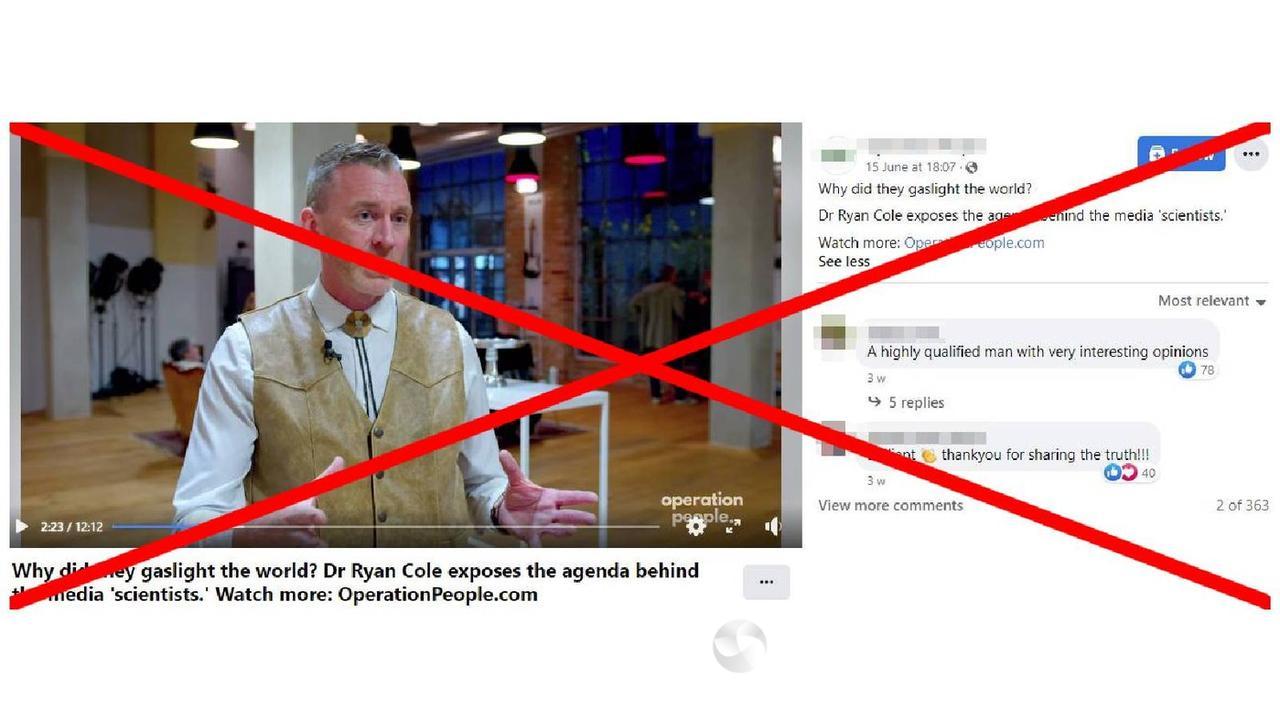
The interview was shared on Facebook (screenshot here) and Instagram.
Relative risk reduction (RRR) and absolute risk reduction (ARR) are measures for representing the effects of an intervention – in this case a vaccine – on a population.
Both figures can be calculated from the data in Pfizer’s original clinical trial (table 2), which was submitted to the FDA in its emergency use authorisation application and has been publicly available since December 2020.
RRR measures the effectiveness of a vaccine in a population compared to the control group.
Professor Robert Ware, a biostatistician and clinical epidemiologist at Griffith University, said this is what’s referred to as vaccine efficacy.
“The ‘relative risk reduction’ measures, in relative terms, how likely a person is to get a disease (in this case COVID-19) if they have the intervention (in this case the vaccine) compared to if they don’t,” he told AAP FactCheck in an email.
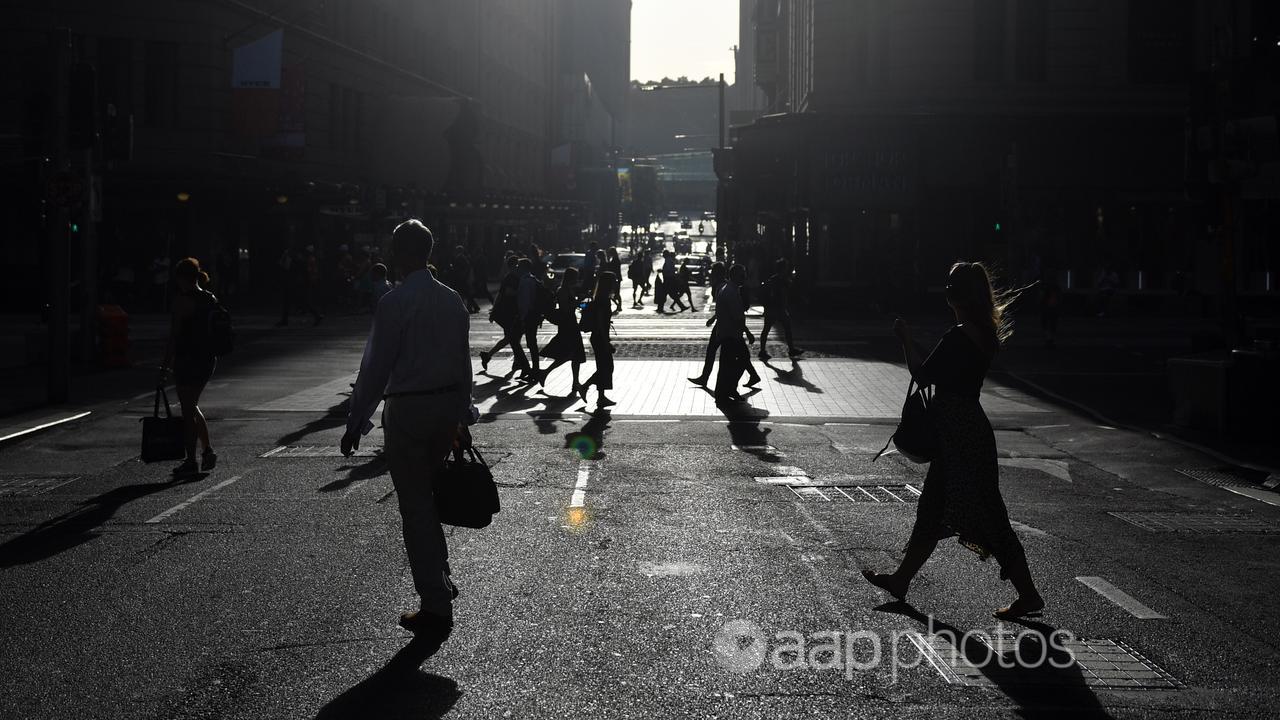
ARR is the difference between the proportion of people who become infected with COVID-19 within both the vaccine and control group.
This is calculated using the baseline risk – the risk of catching the virus within the control group.
Professor Ware said the calculation means the ARR changes across different study settings and populations.
“For example, when the virus is circulating widely (and lots of people are ‘at risk’) the absolute risk reduction is much bigger than when the virus is not circulating.
“We can see the difference even within (the Pfizer clinical trial) paper from Table 3, the absolute risk reduction for the 16-55 age group is 1.09 per cent while for the >65 year olds it is 0.44 per cent.
“The absolute difference is greater in the younger adults probably because they are more likely to be mixing socially (and so more often exposed to the virus) whereas the older adults may be more likely to isolate themselves.”
Contrary to the claim in the video, the two measures do not undermine each other but are just different measures used to understand a vaccine’s impact.
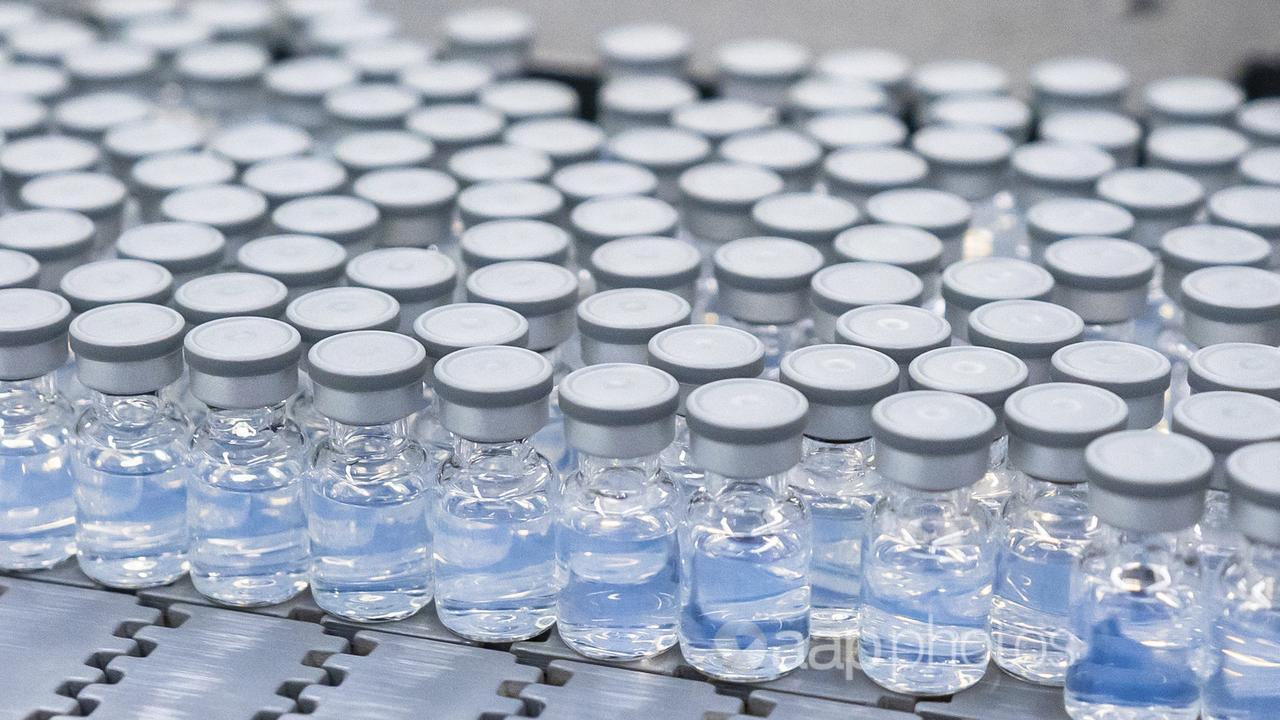
Dr Hassan Vally, an epidemiologist at Deakin University, said the claim was “a clear case of either genuinely not understanding the rationale behind the risk calculations completed in this vaccine trial or intentionally aiming to deceive the public”.
“The small absolute risk reductions quoted, whilst true for the study population, have no meaning in the real world. This number is effectively an abstraction. As it is a very low number it presents a tantalising opportunity for those wanting to spread misinformation to undermine confidence in these very safe and effective vaccines.”
Dr Vally said the reason RRR is more relevant is because it is not dependent on the baseline risk of exposure.
“This issue becomes clearer when you appreciate that the trials only involved following subjects for the very short time of a few weeks, and in a situation where risk mitigation measures such as social distancing were in operation.
“Hence the risk of infection, the absolute risk, hugely underestimates the risks of being exposed and infected with SARS-CoV-2 over a longer period in the real world which is what we are really interested in.”
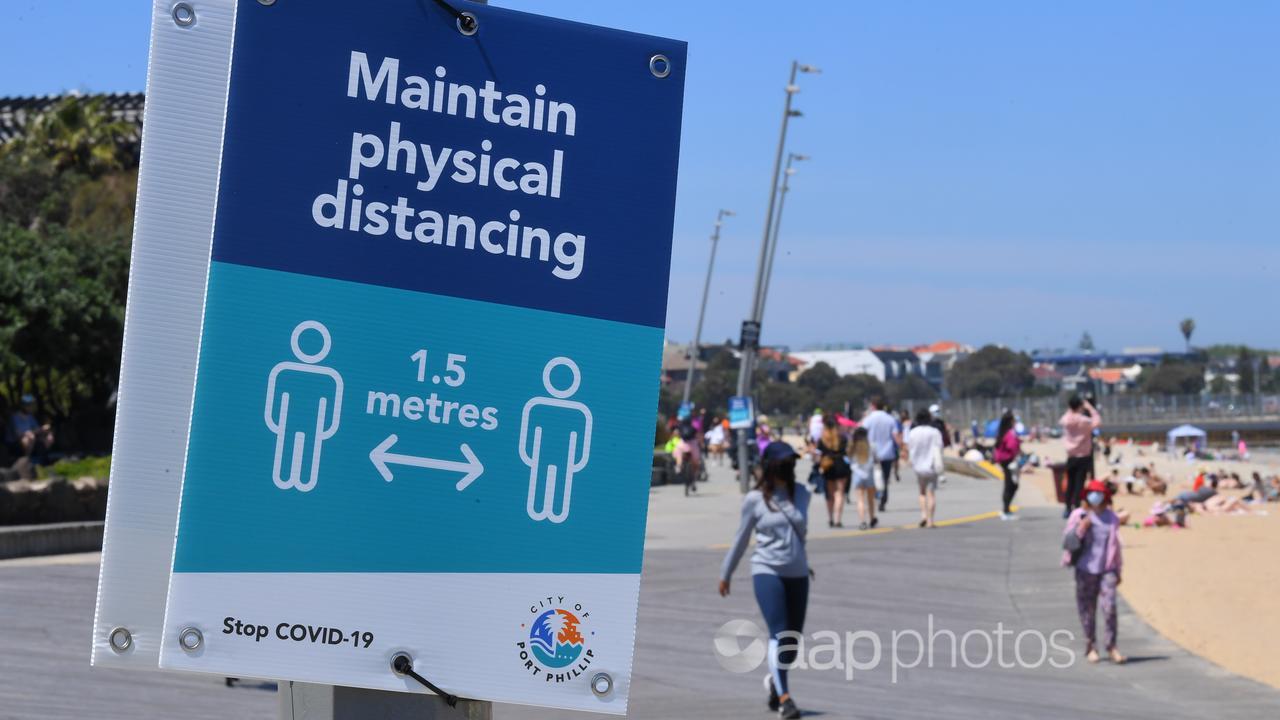
Prof Ware agrees the relative risk reduction is more relevant to the real world.
“To fully understand how effective a vaccine is, we ideally want to know both the relative and absolute risk reductions – but of the two the relative difference is more important, as we can apply that relative difference to different settings, whereas the absolute difference is much more specific to the actual conditions that existed when the study was run,” he said.
Studies have shown the effectiveness of original vaccine formulations against infection wanes over four to six months after completing the two-dose primary schedule, according to Australia’s Department of Health.
The Verdict
The claim the Pfizer COVID-19 vaccine was only ever 0.86 per cent effective and not 95 per cent as claimed by the pharmaceutical company is misleading.
The two percentages relate to different measures of efficacy. Both can be calculated from the clinical trial data submitted as part of Pfizer’s emergency use authorisation application to the FDA.
Both measures are valuable to understanding the effectiveness of a vaccine, but experts told AAP FactCheck that the RRR is more relevant to real-world scenarios.
Misleading – The claim is accurate in parts but information has also been presented incorrectly, out of context or omitted.
AAP FactCheck is an accredited member of the International Fact-Checking Network. To keep up with our latest fact checks, follow us on Facebook, Twitter and Instagram.
All information, text and images included on the AAP Websites is for personal use only and may not be re-written, copied, re-sold or re-distributed, framed, linked, shared onto social media or otherwise used whether for compensation of any kind or not, unless you have the prior written permission of AAP. For more information, please refer to our standard terms and conditions.

